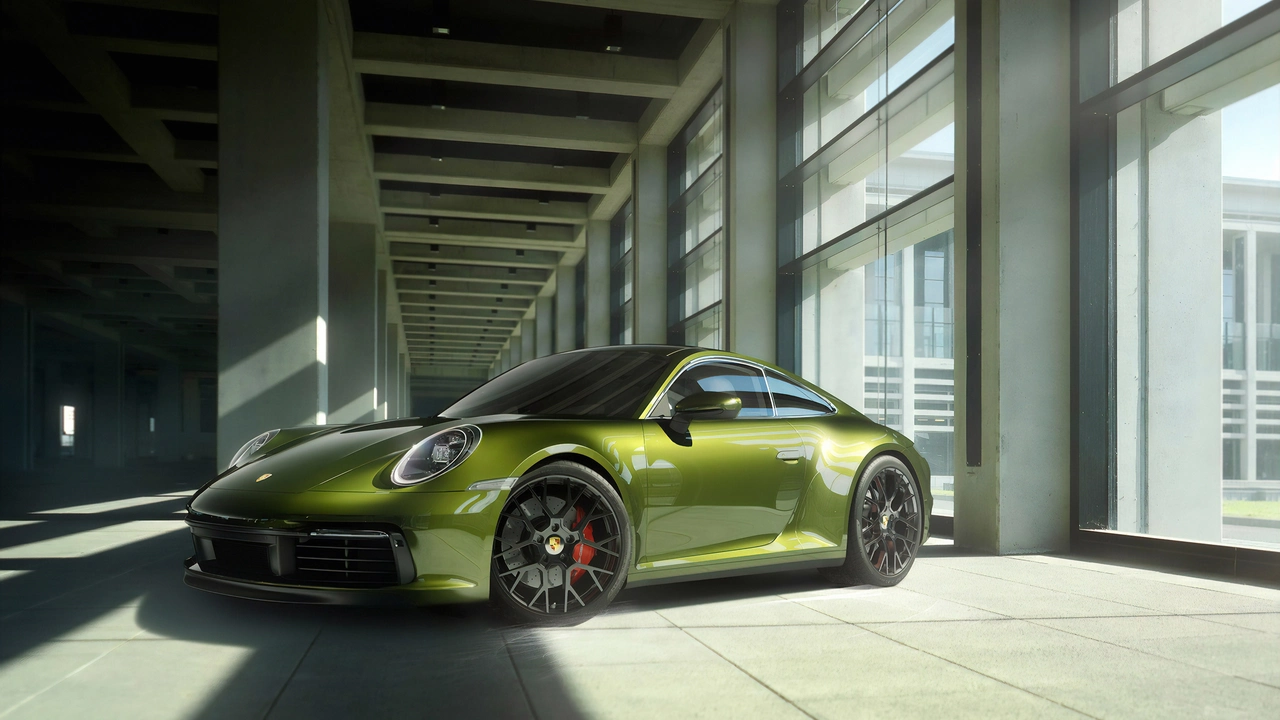Design in Motorsports: What You Need to Know
If you love speed, you’ll quickly see that design isn’t just about how a car looks. It’s the science that lets a racer shave seconds off a lap, stay safe, and stand out on the grid. Whether you’re tweaking a kart or planning a whole circuit, good design starts with purpose, not just pretty paint.
Car Design Basics
The first thing most beginners miss is that aerodynamics dominate performance. Simple changes like a front splitter or a rear diffuser can cut drag and add downforce, translating to better grip in corners. Don’t overcomplicate it – start with clean lines, test with a wind‑tunnel app, and watch lap times drop.
Inside the cockpit, ergonomics matter just as much as speed. A seat that supports the driver’s back, steering wheel placement within reach, and easy‑to‑read gauges keep focus sharp. If you’re building a kit car, use adjustable pedals and a quick‑release steering column – they’re cheap hacks that feel professional.
Track and Livery Design
Tracks are another canvas for design. A good layout balances fast straights with challenging corners, giving drivers moments to overtake and fans reasons to cheer. Use elevation changes and runoff zones to add excitement without compromising safety. Sketch the plan on graph paper first; then run a simulation to spot bottlenecks.
Livery – the car’s visual identity – is where branding meets speed. Bold colors and clear logos help the car pop on TV, but they also need to respect visibility rules. Keep high‑contrast patterns on the sides and roof so commentators can spot you from a distance.
When you combine these elements, design becomes a competitive edge. Test your ideas on a small scale: 3‑D print a wing, run a lap on a local track, or film the car from different angles to see how the livery reads on camera. Small tweaks often lead to big gains.
Remember, design is iterative. Every race gives you data – tire wear, fuel consumption, handling feedback. Feed that back into your CAD model, adjust the aero, shift the weight balance, and you’ll see the car evolve faster than any driver could.
Ready to start? Grab a sketchbook, pull up a free CAD tool, and set a simple goal – maybe a 5% lap‑time cut or a new livery that stands out at the next local event. The motorsport world rewards folks who blend creativity with data, so keep experimenting and stay hungry for improvement.
Do Porsche deliberately make their large cars ugly? Why?
In my exploration of whether Porsche purposefully designs their larger cars to be less visually appealing, I found differing opinions. Some believe that Porsche's unique design approach is not about making their larger models 'ugly', but rather about maintaining their iconic sporty look, which can be challenging in bigger sizes. Others argue that these unconventional designs may be strategic, to ensure their smaller, pricier models remain more desirable. However, it's essential to remember that beauty is subjective, and what may seem 'ugly' to some may be attractive to others. In conclusion, there's no definitive proof that Porsche intentionally designs their larger cars to be less appealing.
